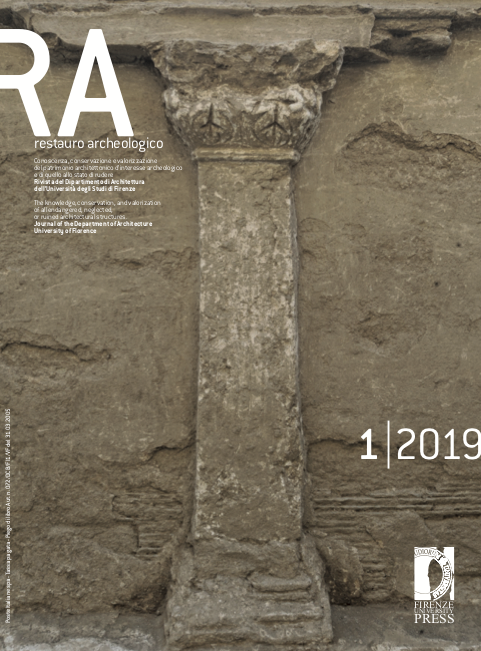Polychromy and gilding in the Gandharan sculptures from Pakistan and Afghanistan: samplings from Museum Guimet in Paris, Civic Archaeological Museum of Milan and Museum of Oriental Art of Turin
Published 2019-10-29
Keywords
- polychromy,
- gilding,
- stucco arteworks,
- clay arteworks,
- chemical analyses
- Gandharan art ...More
How to Cite
Abstract
This paper will discuss the scientific results of a recent sampling of the polychrome and gilded stone, stucco and clay sculptures of Gandharan art not yet published. Four years ago, we had the opportunity to begin an articulated research project focused on the Gandharan polychrome stone and stucco sculptures, and in the last two years, thanks to a very limited grant, offered by the Italian Government to the Istituto Superiore per la Conservazione ed il Restauro (ISCR), we had the opportunity to develop a new research. This allowed us to investigate some important artefacts displayed in these Museums: the Archaeological Museum of Milan, the Museum of Oriental Art of Turin, the Museum Guimet in Paris. Moreover, we had the opportunity to take some archaeological samples from the new excavations of the Italian Archaeological Mission in Pakistan and the Italian Archaeological Mission in Afghanistan.
In this new research we analysed the artistic technique of painting and gilding on sculptures of Gandharan art made in different materials (stone, stucco and clay).
The results discussed in this paper comes from a notable number of chemical analyses (optical stero-microscope, SEM-EDS, micro-FTIR, micro-XRD and micro-Raman).


